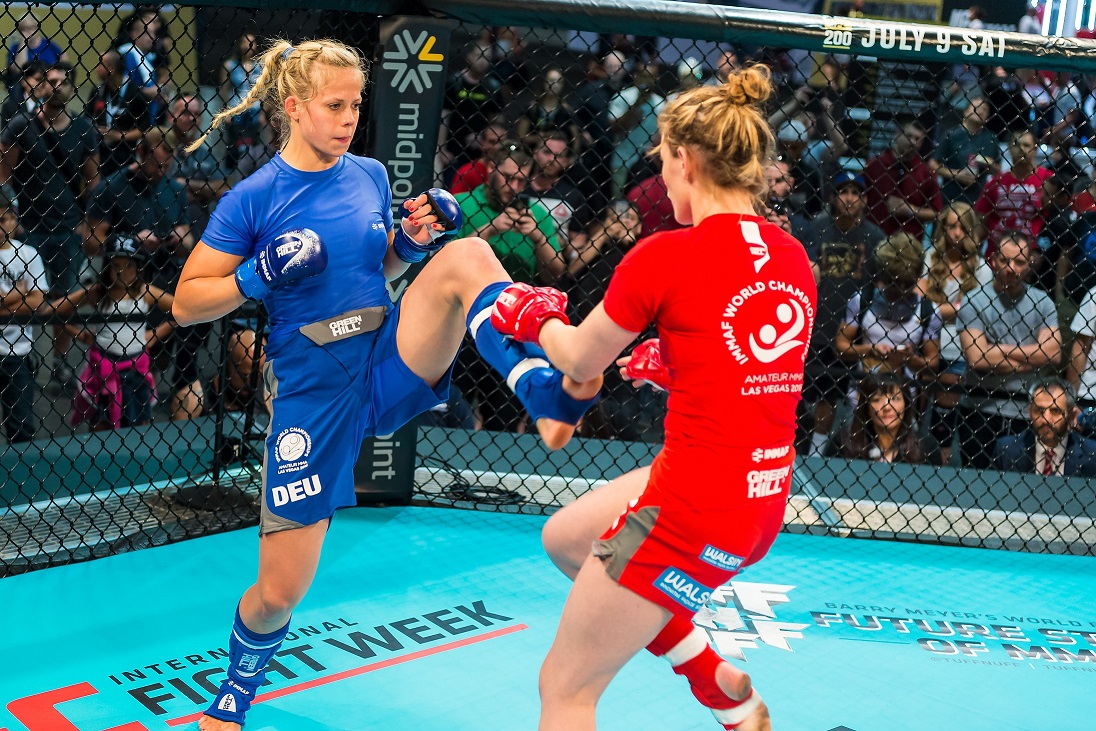MyNextMatch) The injury suspension rates take into account concussive injuries and head trauma, as all athletes showing signs of or considered at risk of head injury following a match were immediately referred for CT brain scans by the post-bout doctor as part of IMMAF procedure. The head doctor had also arranged access to X-ray equipment for throughout the competition. Additionally, IMMAF already carries out WADA compliant Anti-doping testing, meaning that doping need not be considered a factor. Adapted Athlete game plan has been cited as one reason for a lower occurrence of injuries than may have been predicted. Other factors to be considered can be found in IMMAF’s Amateur rule set and protocol, which include shorter rounds (3 x 3 minutes), use of shinguards and heavier 6-8oz ‘Amateur’ gloves. Modifications to the Unified Rules disallow use of elbows, knees to head, heel hooks or techniques such as twisters, sit through crucifix or ‘any submission deemed as applying pressure to the spine’. Further to this, it might be expected that rules at both Amateur and Professional level may become modified over time to reflect findings in research and cumulative injury statistics. Team UK Head Coach, Nigel Burgess, commented: “The IMMAF tournaments have now been tried and tested and show that the only thing required to make it into the Olympics is acceptance. The difference between the IMMAF World Championships in or outside of the Olympics is the medal.” See full Junior Dos Santos interview with Yahoo Sport below: ]]>

